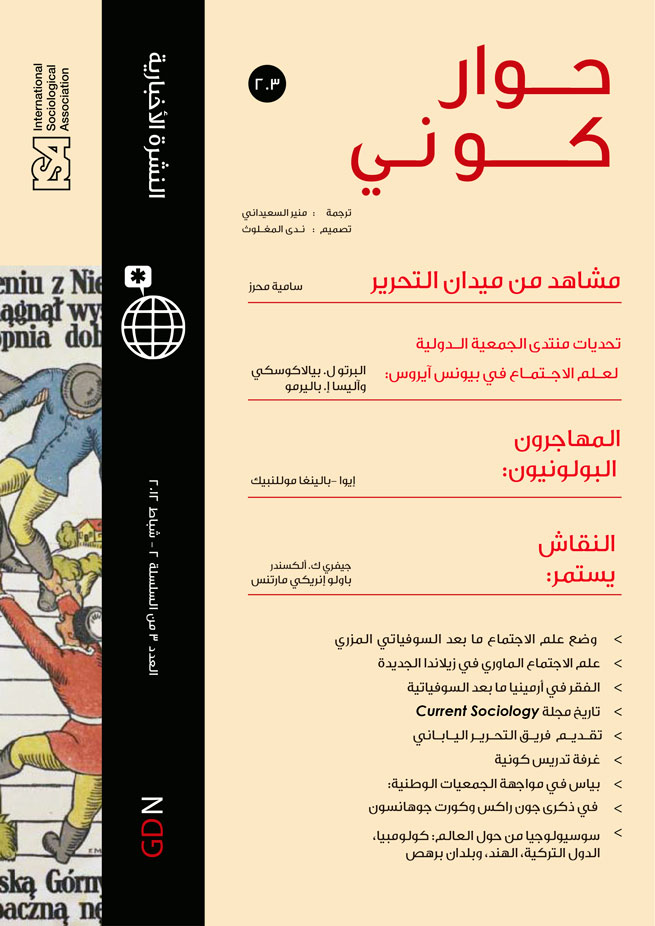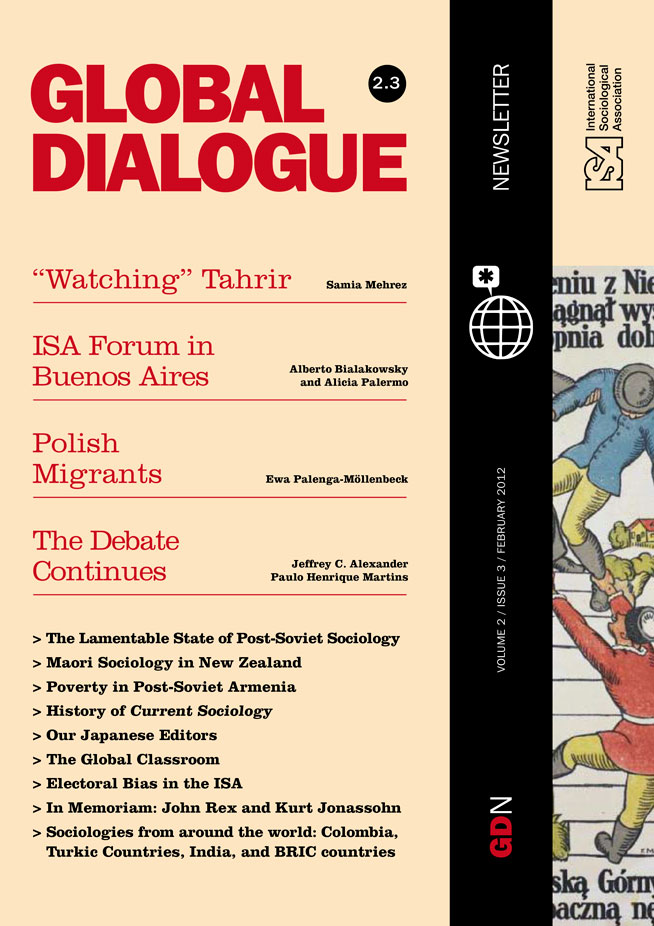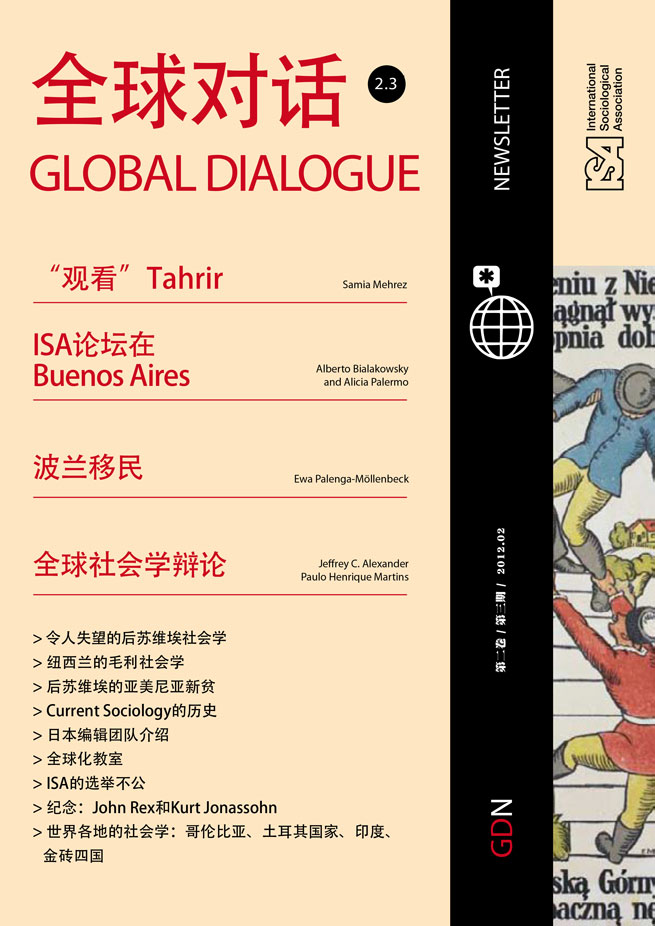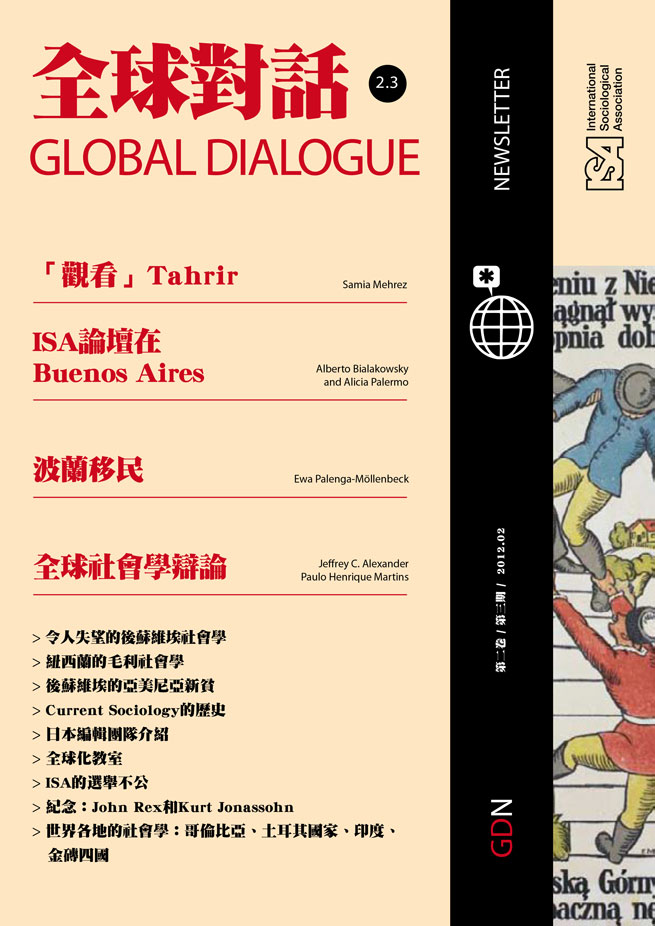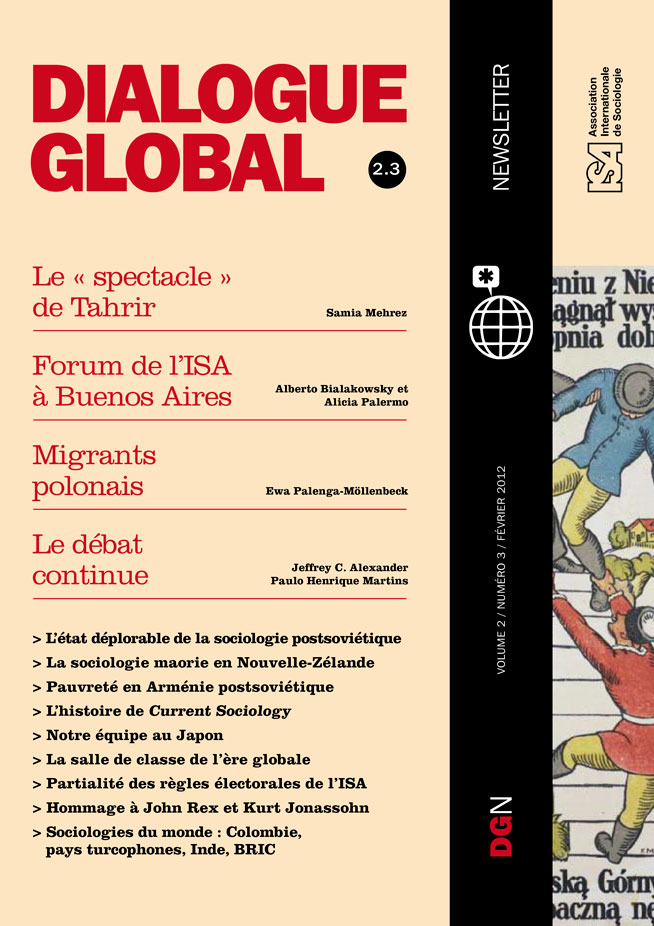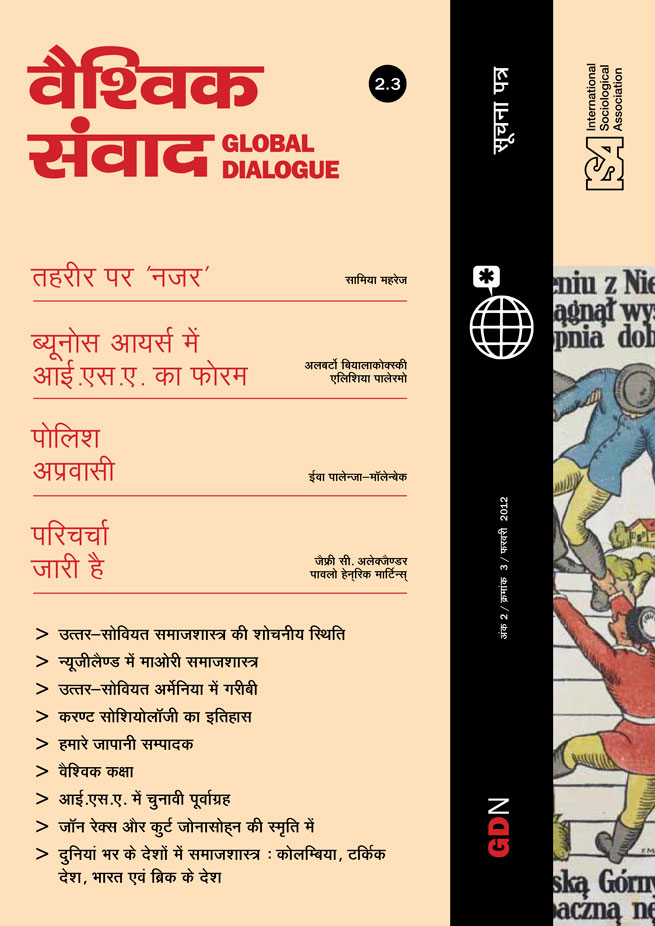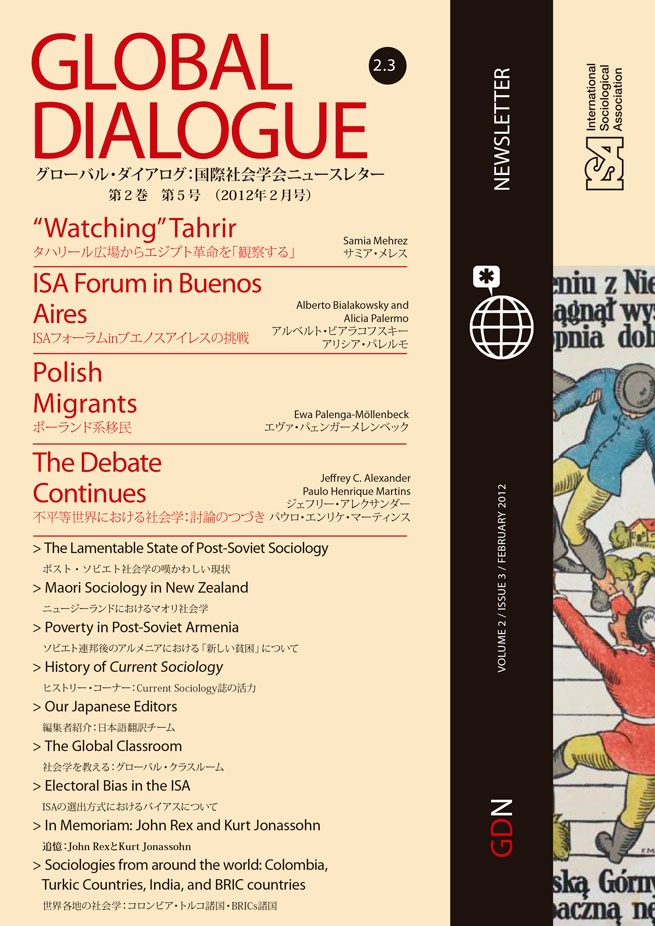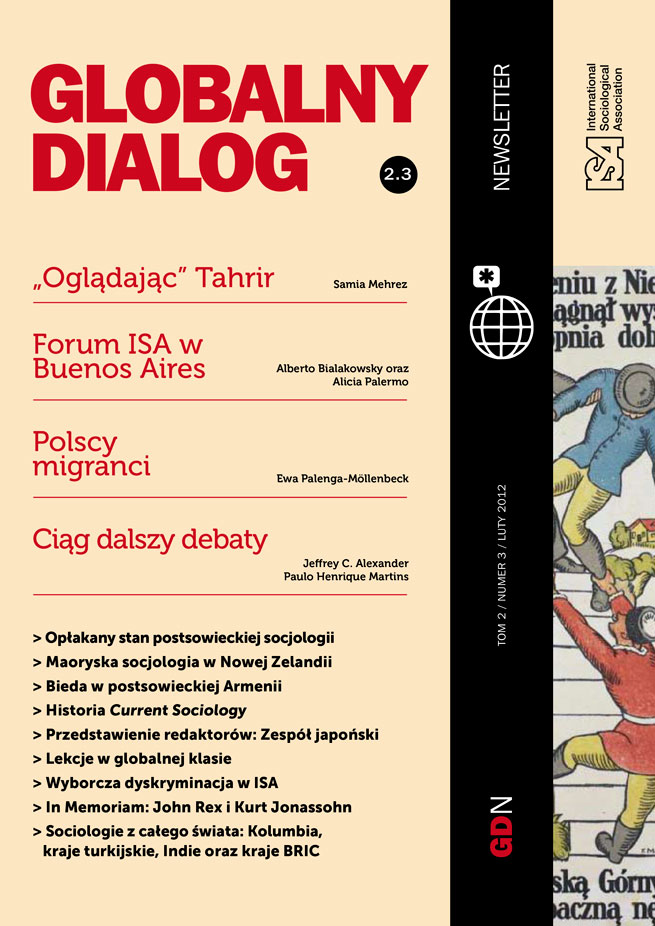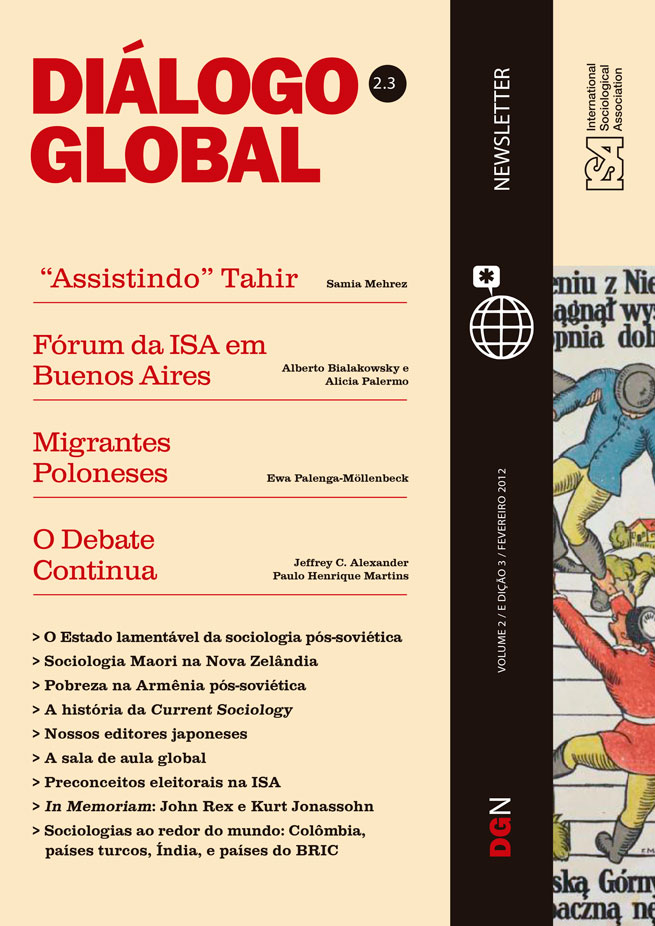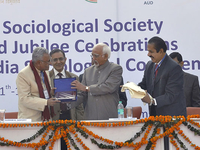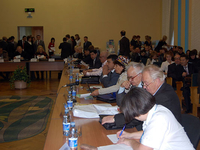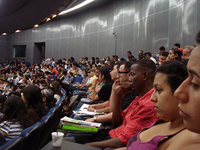Social Stratification in the BRIC Countries
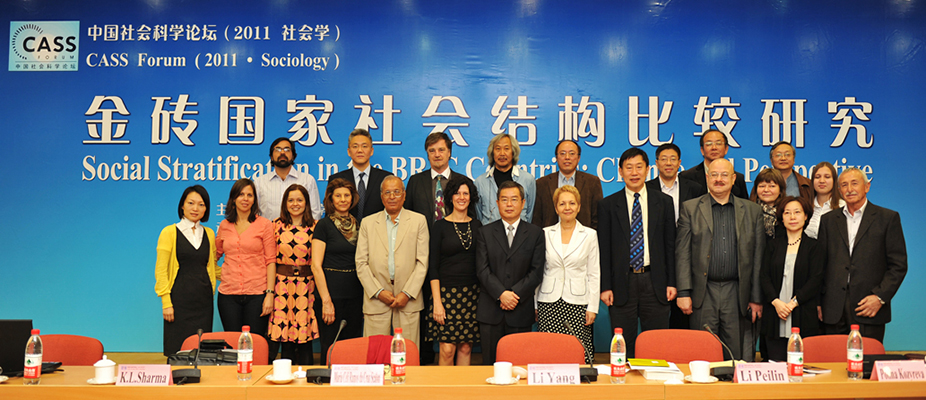
March 01, 2012
The four BRIC countries, Brazil, Russia, India, and China, are being rapidly drawn together by the tectonic shifts in the global order. To better understand these processes and their implications for internal stratification sociologists from the four countries assembled in October 2011 at the Chinese Academy of Social Sciences (CASS) in Beijing to discuss Pielin Li’s (2011) edited collection Jin Zhuan Guo Jia She Hui Fen Ceng: Bian Qian Yu Bi Jiao (Social Stratification in the BRIC countries). The edited volume seeks to help sociologists better understand what unites and what separates these four countries.
The original formulation of the BRICs refers to countries with very large land areas (over 3 million square kilometers), huge populations (over 150 million people) and developing economies with (relatively) high growth rates. The papers allowed us to understand that these three factors have empirically verifiable consequences for political and economic life, as well as for the production of knowledge. Important regional inequalities exist in all four nations. Thus, in comparison with developed countries, relatively large rural populations are to be found, rural-urban inequalities are greater than those found within urban areas, public servants or politicians have disproportionate shares of national wealth and form part of the fast growing “middle classes.” When we examine specific sections of the book some common dynamics appear: for example, increasing percentages of the population have improved access to education over time but, in spite of this, important structural inequalities persist and contribute to inequality. Also, since economic development in none of these countries followed the track proposed by modernization theory, this implies that there are important lessons to be drawn for theories of economic and social development.
The identification of so many common points led to constant reflections, over the course of the seminar, as to the distance between our own systems of social stratification and those upon which the dominant (European and North American) traditions of social stratification research and theorising are built. We questioned relevance of the traditional notion of stratification, given the high social mobility, and the end of the idea of a “profession for life” (very pronounced in China and Russia, given their transitions to market economies). We noted how the absence of a notion of agency in stratification research made it difficult to account for identity formation and social change. In order to render comparisons among the BRICs more meaningful, we saw a need to develop a deeper understanding of national statistics and how the same concept can have a different meaning in different countries.
While we recognized big differences separating the BRICs, these differences, and their consequences for different patterns of social and political action, will become ever clearer as these countries come to know each other better. Understanding differences, and the development of the capacity to live together in spite of them, will be key to building a common future, and also for the management of the inevitable conflicts. It is here, perhaps more than anywhere else, that sociological (and anthropological) research will have a role to play.
Tom Dwyer, University of Campinas, Brazil, and Member of the ISA Executive Committee, 2010-2014

